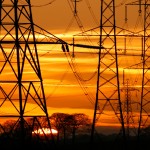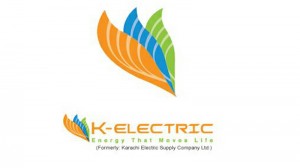NEPAL > Nepal Electricity Authority fixes power purchase tariff for up to 100 MW hydels
KATHMANDU: Nepal Electricity Authority, the sole buyer of power here, will soon start buying energy generated by hydel projects with installed capacity of up to 100 megawatts at flat rates of Rs 8.40 per unit during dry season and Rs 4.80 per unit during wet season.
A decision in this regard was recently taken by the NEA board, NEA Managing Director Mukesh Raj Kafle told The Himalayan Times.
The latest decision taken by state-owned utility company has cleared pricing ambiguity for developers
who are building hydel projects with installed capacity of over 25 MW to 100 MW. This means these independent power producers, from now onwards, do not need to engage in lengthy negotiations with NEA over the price at which they want to sell the electricity.
Currently, power purchase tariff has only been fixed for projects with installed capacity of up to 25 MW. This, in turn, has helped in early implementation of such projects.
Many in the hydel sector believe that development of projects with capacity of over 25 MW to 100 MW would speed up following fixation of tariff rates, as it would expedite the process of signing power purchase agreements.
The power purchase price recently fixed for projects of over 25 MW to 100 MW is the same as that for projects of up to 25 MW. This means the base power purchase price for projects of up to 100 MW now stands at Rs 8.40 per unit during dry season and Rs 4.80 per unit during wet season.
However, the only difference in the pricing mechanism for projects of up to 25 MW and projects of over 25 MW to 100 MW is the frequency at which these tariffs could be revised.
NEA has said power purchase tariff for projects of over 25 MW to 100 MW could be raised by three per cent for a maximum of eight times — as against a maximum of five times for projects of up to 25MW.
“The three-per-cent increment would only apply to the base rate, not compound rate,” Kafle said, without explaining the basis on which the tariff would be revised.
Simply put, if the power purchase price is raised by three per cent from original price of, say, Rs 8.40 per unit, the power producer stands to get Rs 0.25 extra, or Rs 8.65 in total. But when the price is reviewed the next time, the escalated price of Rs 8.65 will not be used as a reference rate for price escalation. Instead, the original price of Rs 8.40 will be taken into account and only Rs 0.25 extra will be provided to power producer on top of Rs 8.65.
“This mechanism will benefit NEA as prices were reviewed haphazardly in the past on case by case basis,” Kafle said.
Earlier, NEA had extended price revisions of up to 10 times for certain projects — that too on compound rate, data show.
Source:- The Himalayan Times





